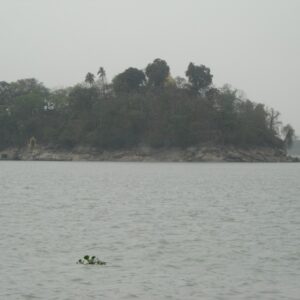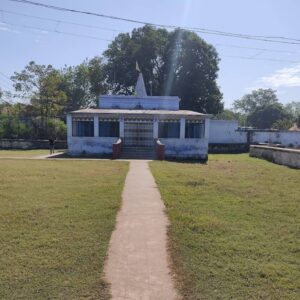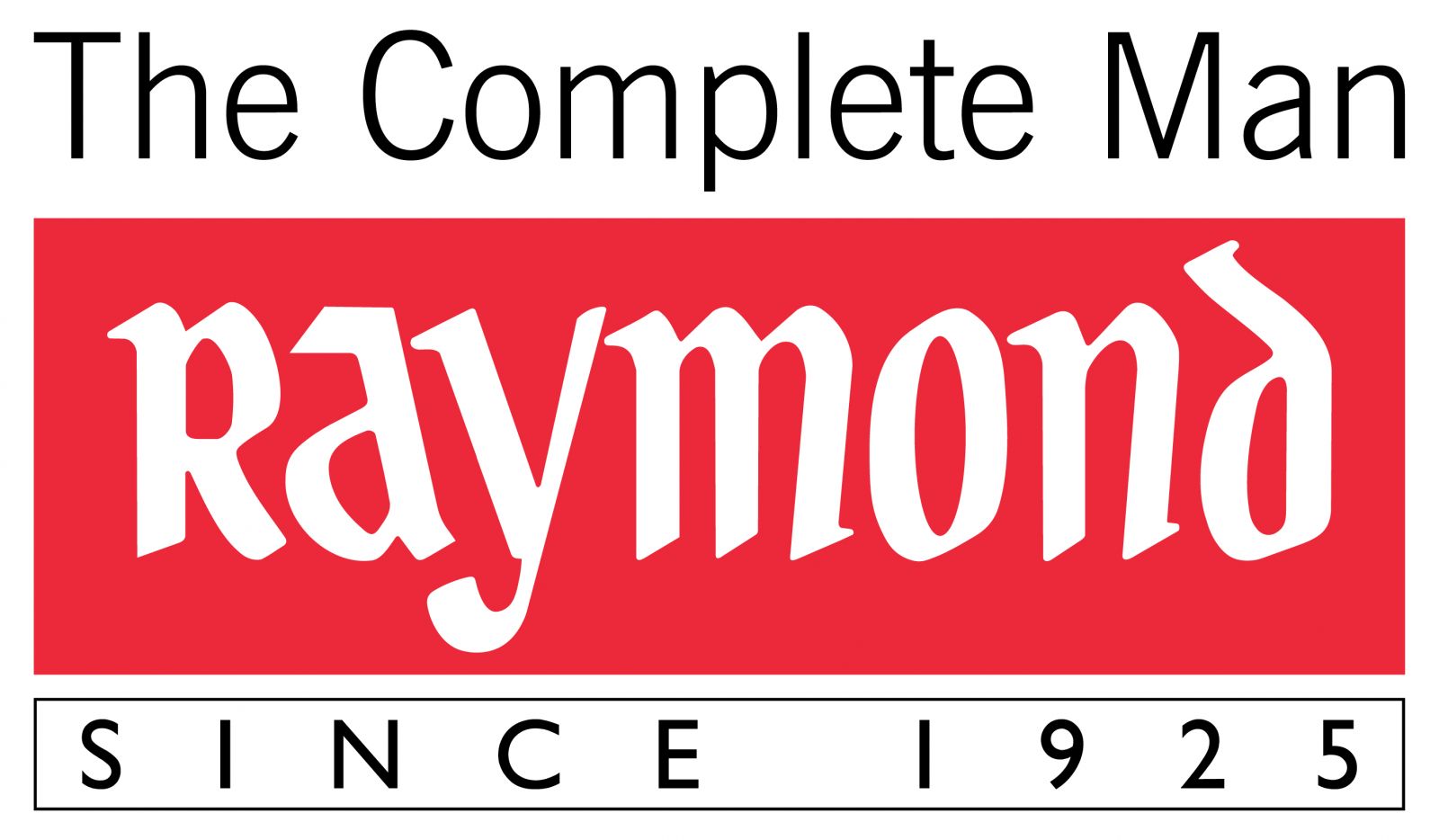The Hiroshima Peace Memorial (広島平和記念碑, Hiroshima Heiwa Kinenhi), originally the Hiroshima Prefectural Industrial Promotion Hall, and now commonly called the Genbaku Dome, Atomic Bomb Dome or A-Bomb Dome (原爆ドーム, Genbaku Dōmu), is part of the Hiroshima Peace Memorial Park in Hiroshima, Japan and was designated a UNESCO World Heritage Site in 1996.
The building was the only structure that remained standing in the area around the atomic bombing of Hiroshima at the end of World War II. The ruin of the hall serves as a memorial to the over 140,000 people who were killed in the bombing. It is permanently kept in a state of preserved ruin as a reminder of the destructive effects of nuclear warfare.
Original building
The Product Exhibition Hall building was originally designed by Czech architect Jan Letzel. The design included a distinctive dome at the top of the building. It was completed in April 1915 and was named the Hiroshima Prefectural Commercial Exhibition (HMI). It was formally opened to the public in August that year. In 1921, the name was changed to the Hiroshima Prefectural Products Exhibition Hall, and again, in 1933, to the Hiroshima Prefectural Industrial Promotion Hall (広島県産業奨励館 Hiroshima-ken Sangyo Shourei-kan). The building was located in the large business district next to the Aioi Bridge and was primarily used for art and educational exhibitions.
Atomic bombing
Main article: Atomic bombings of Hiroshima and Nagasaki
During the Second World War, at 8:15 a.m. on 6 August 1945, the first atomic bomb to be used in war was dropped on Hiroshima. The bomb possessed a force equivalent to 15,000 tons of TNT, and effectively obliterated the city. Hiroshima was chosen as a target because it was an important port on southern Honshu and was headquarters of the Japanese Second General Army with 40,000 military personnel in the city,[5] and was the only large city that was not known to have a POW camp.[6] Intended for the Aioi Bridge, the bomb missed its target by 240 m (790 ft) and exploded directly over the Shima Hospital, which was very near to the Genbaku Dome. The center of the blast occurred 150 m (490 ft) horizontally and 600 m (2,000 ft) vertically from the Dome. Everyone inside the building was killed instantly.
Because the explosion was almost directly overhead, the building was able to retain its shape.[9] The building’s vertical columns were able to resist the nearly vertical downward force of the blast, and parts of the concrete and brick outer walls remained intact. The building’s durability can also be attributed to its earthquake-resistant design; it has held up to earthquakes before and since the bombing.








































Reviews
There are no reviews yet